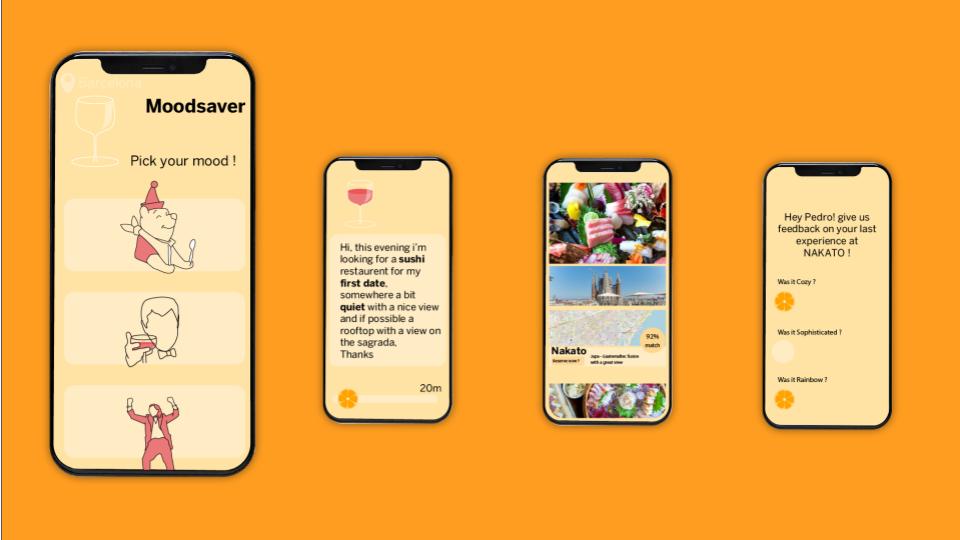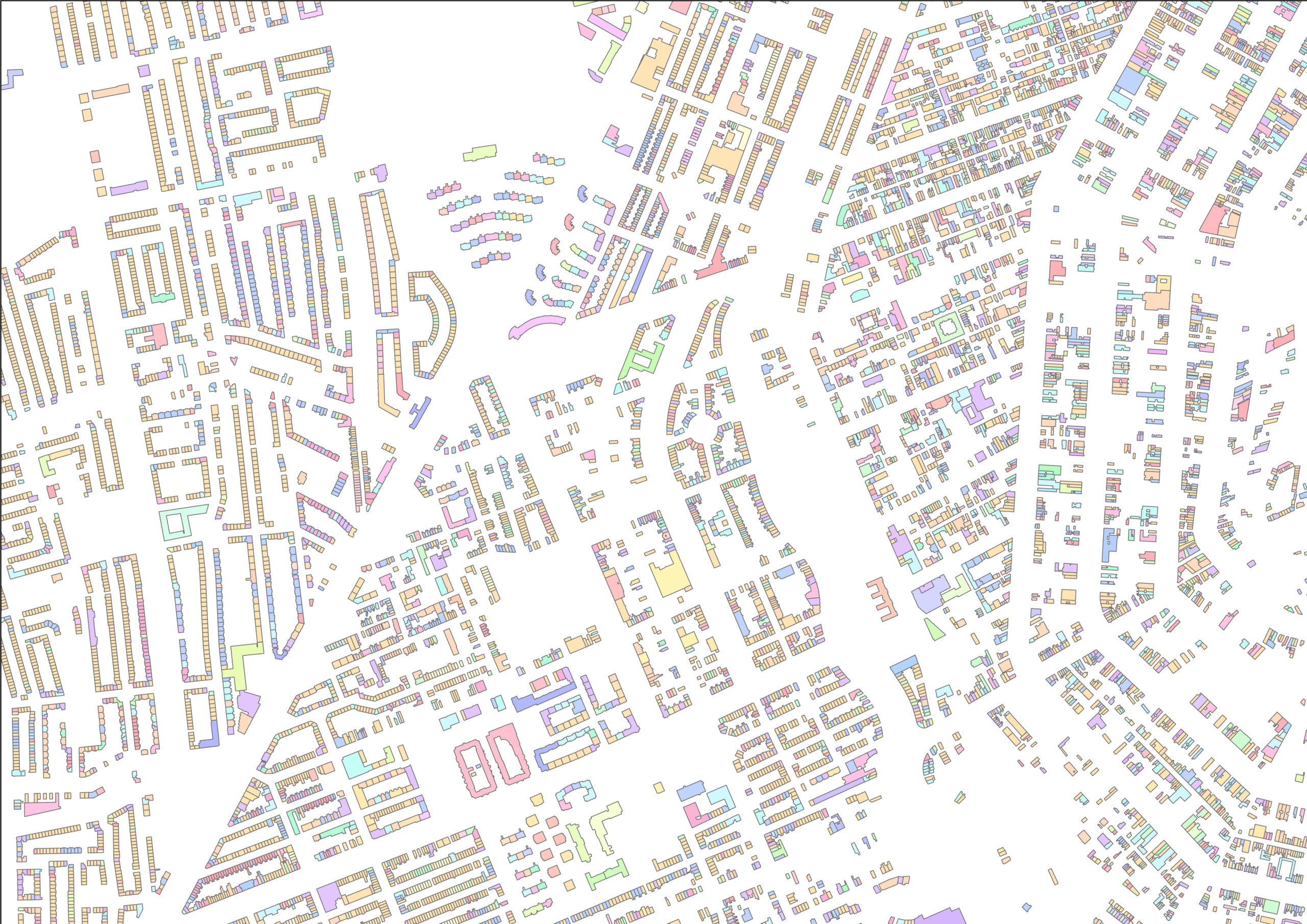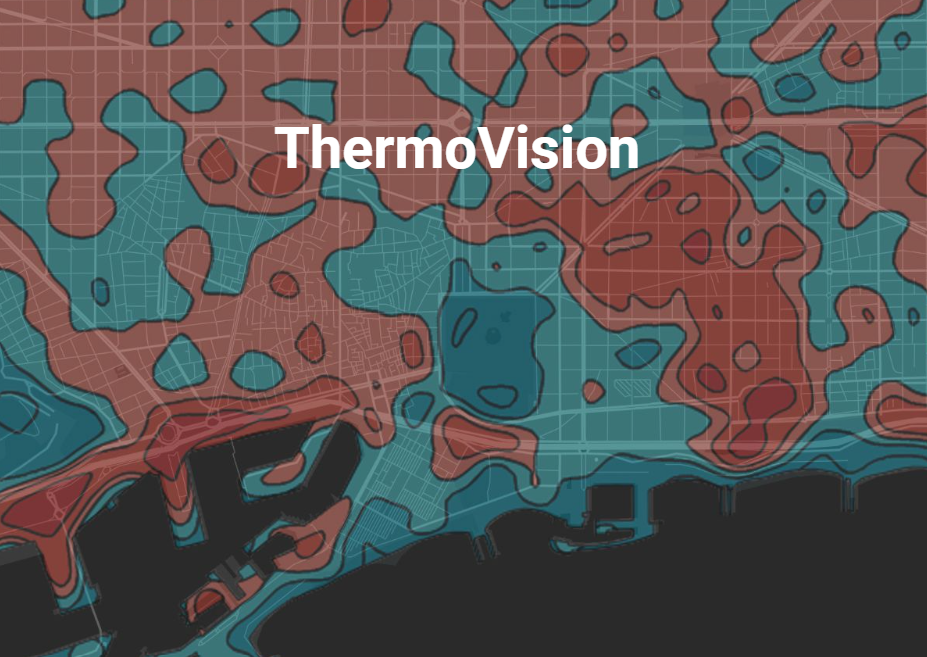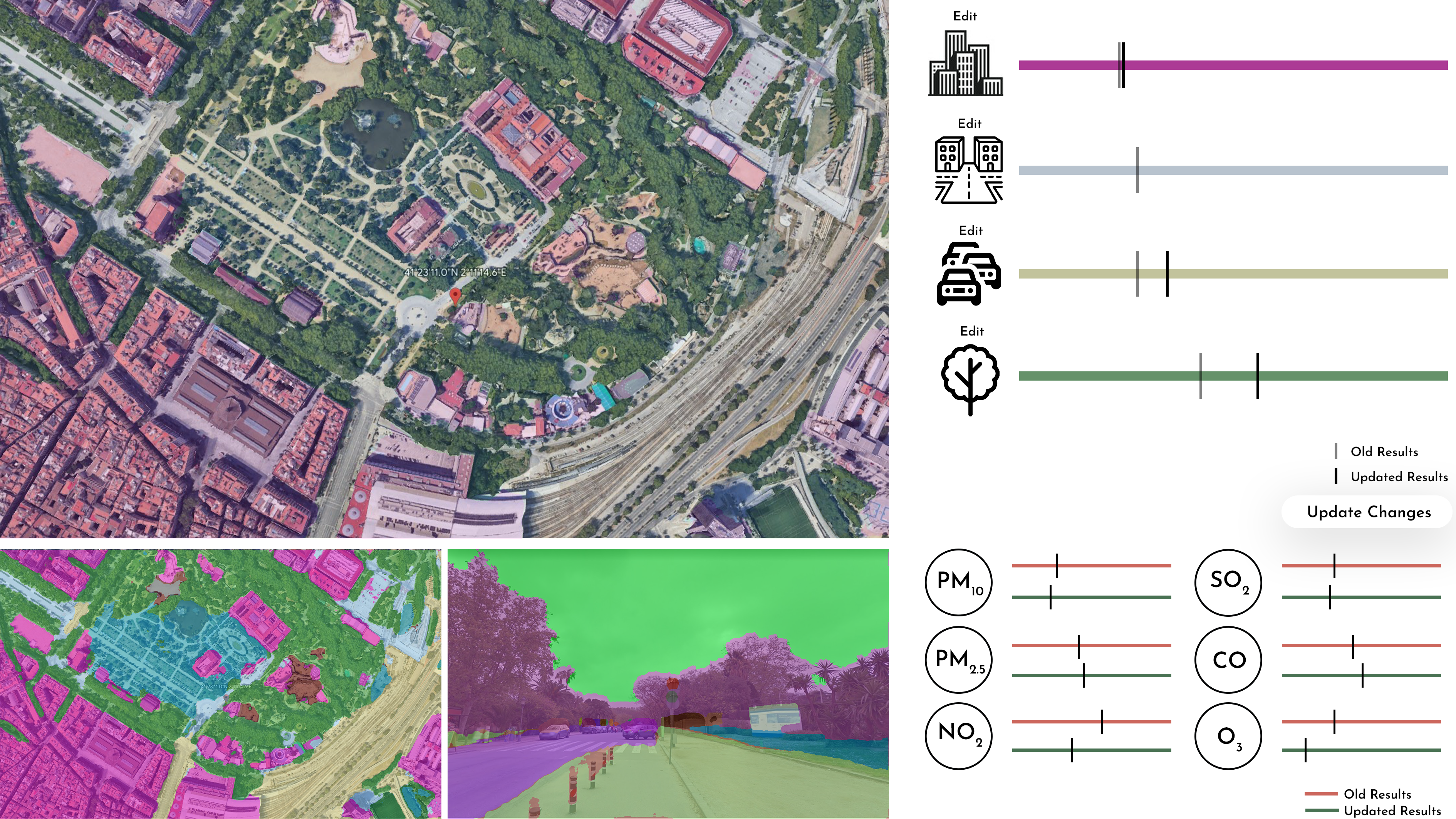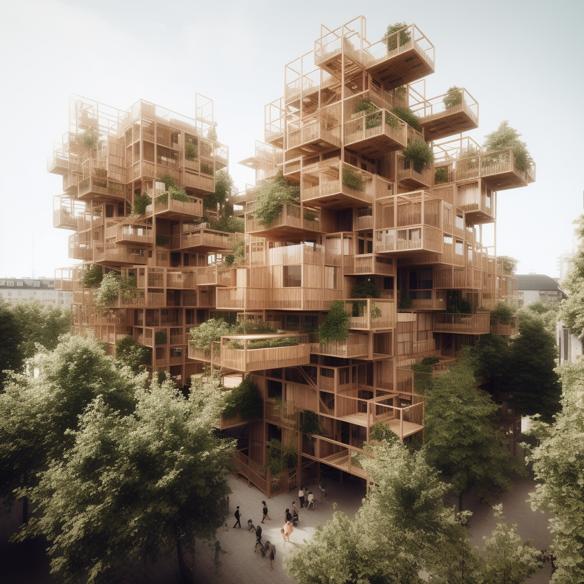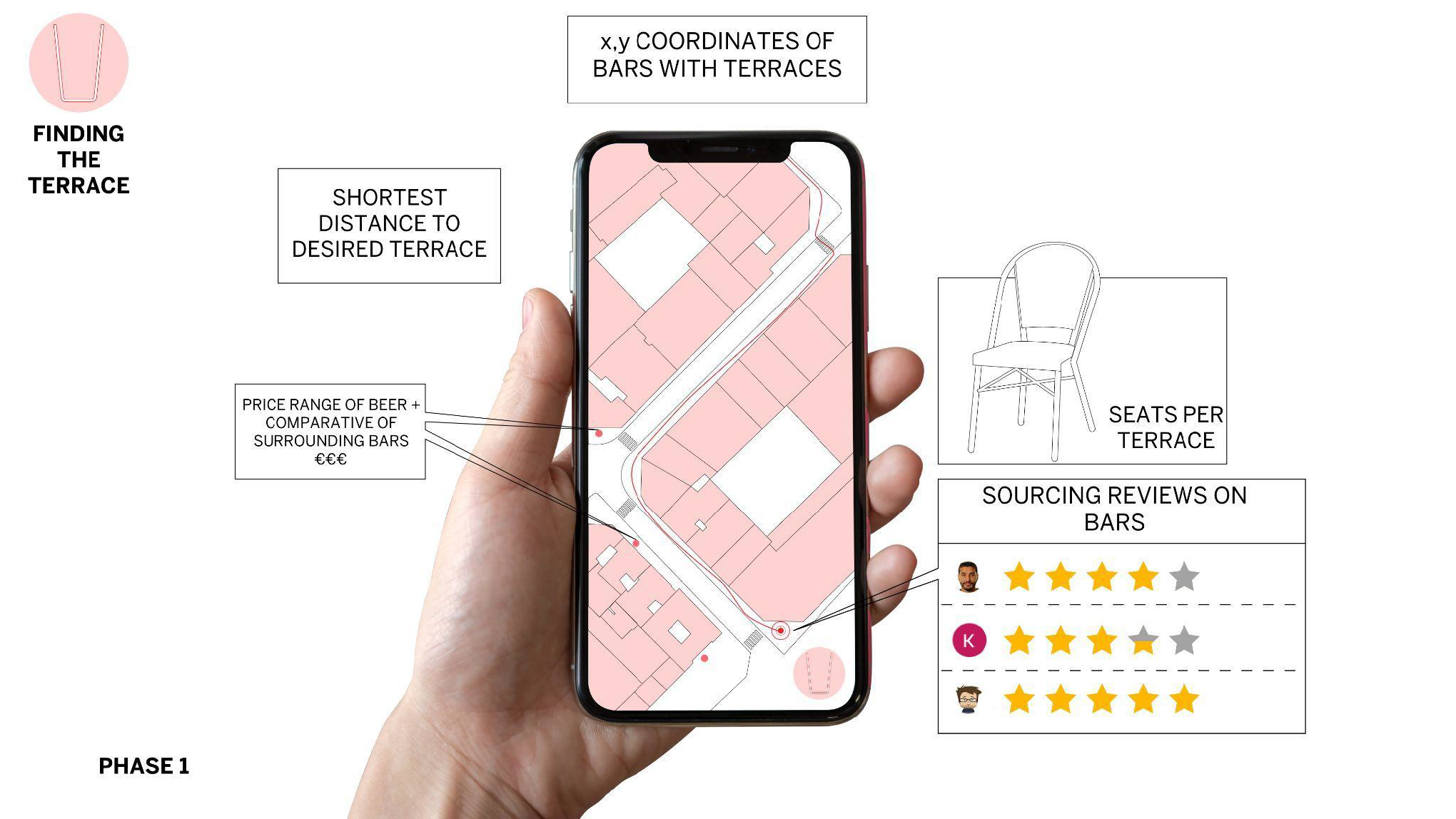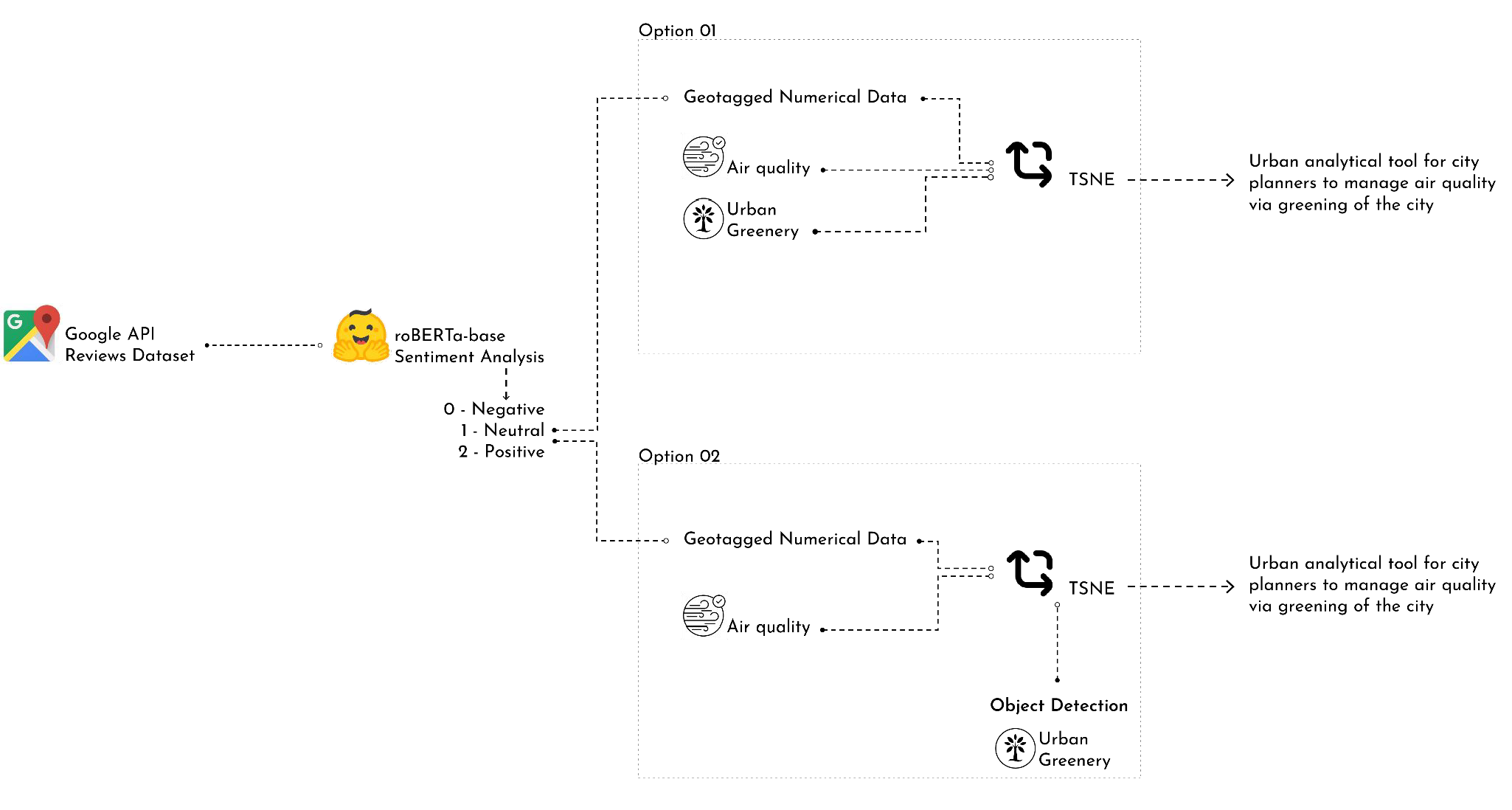The MAA is a visionary master program with an innovative and open structure, mixing diverse disciplines, shaping professionals capable of producing theoretical & practical solutions towards responsive cities, architecture & technology.
rAImagine
Designing spaces made easy Context In an era where visualizing changes in interior spaces is crucial, whether it’s for purchasing a new home or renovating an existing room, the challenge lies in accurately envisioning the end result. The process often requires specialized skills, time, and significant financial investment. However, with the development of an innovative … Read more
Learning to Plan
Github : https://github.com/muhammadtaimurmian/Learning_to_plan
MoodSavor
CONTEXT When looking for a restaurant, current search methods are based on filters of factors like cost, rating, cuisine, etc. and limited to those. Natalia wants to find a zany and artistic place somewhere in the city for a raucous Friday night with her friends. But she doesn’t know how to search in google map, … Read more
Style_Designer
Github Methodology example file: https://github.com/jamesalcock1309/Style_Designer.git
ThermoVision
ThermoVision is a predictive tool that leverages machine learning to gauge thermal comfort in urban landscapes, allowing us to understand the correlation between our built environment and the thermal comfort. There is inconsistent outdoor thermal comfort due to varied building topologies, building materials and vegetation. Understanding the thermal landscapes is challenging due to their complexity. … Read more
Strata – Green
Context 1 (2022) Europe’s air quality status 2022 [Preprint]. European Environment Agency. Available at: https://www.eea.europa.eu/publications/status-of-air-quality-in-Europe-2022/europes-air-quality-status-2022 2 WHO global air quality guidelines. Particulate matter (PM2.5 and PM10), ozone, nitrogen dioxide, sulfur dioxide and carbon monoxide. Geneva: World Health Organization; 2021. Licence: CC?BYNCSA?3.0?IGO Problem Statement Urban designers and city planners are not able to predict the impact … Read more
Reinforcement Learning
Group 5 How can apartment typologies be designed to create communities within buildings, addressing social exclusion and isolation caused by modernist architecture? Can reinforcement learning be used to optimize the distribution of public and private spaces, such as apartments, balconies, patios, and courtyards, to create sub-communities within the building.
Terrace Hunter
CONTEXT: Pedro always has visitors and enjoys exploring the city while finding new patios to have a drink in the city of Barcelona. Often with larger groups of people, the patio size can’t always accommodate. Before choosing a spot, he wants to know how big the patios are and where within the city they are … Read more
Impact of Facade Materials on UHI Values
Introduction This project aims to investigate the extent to which different facade material choices can influence the urban heat island effect in the surrounding area. Urban Heat Island There are many factors that affect urban heat island and the three main branches are urban morphology, meteorology and surfaces. Out of all the factors three were … Read more
Proposal for Enhancement of Semantic Segmentation Model for Architectural Purposes
The current semantic segmentation model for ControlNet provides a list of usable materials, but they are not specific enough for architectural purposes. By generating new tokens (colours) that extend the existing model with new material types, we aim to improve the process by which stable diffusion operates and make it more suitable for architecture applications.
AI in the Built Environment | Urban Analytical Tool for Greening the City
Juan is a young professional living in a narrow street in Barcelona and he describes the street he lives in as a concrete hell. How air quality and greenery impact the experience, how a citizen feels, about a public space? The result will be an urban analytical tool for the city planners to manage air … Read more





